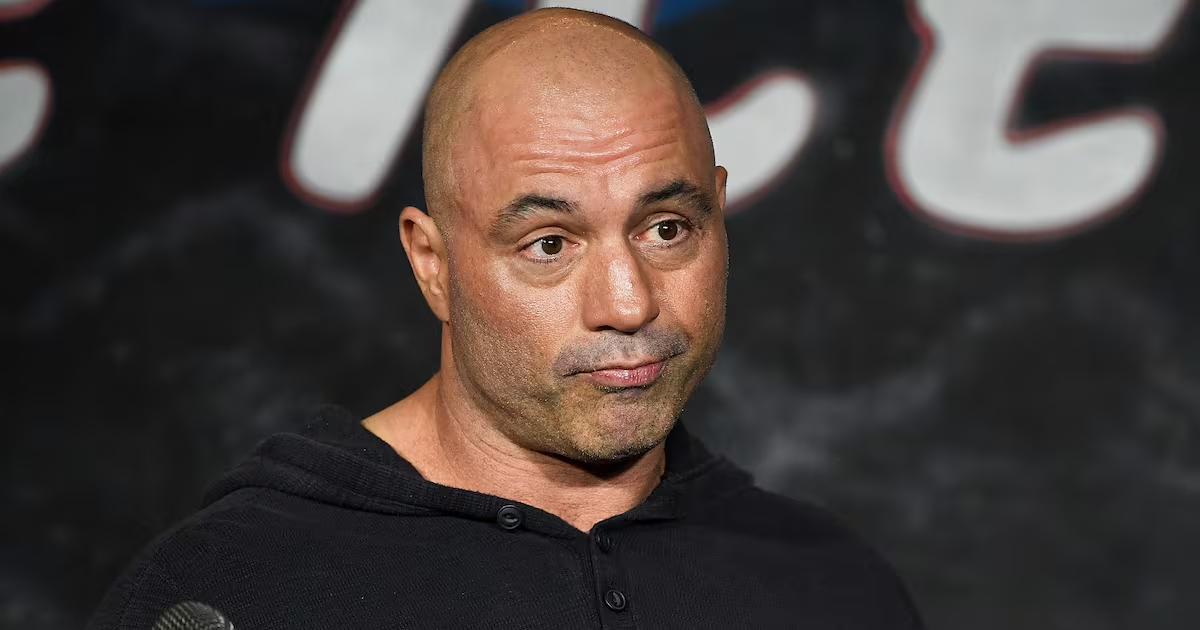Lately, I've been seeing Our Lady of Guadalupe everywhere—on hubcaps, T-shirts, and bumper stickers that read "In Guad We Trust." Driving on Los Angeles' Hollywood Freeway recently, I spotted her again—this time as a 12-foot-high sculpture projecting from the highway barrier wall. I shouldn't have been surprised. The Virgin Mary leaves her fingerprints, as Patty Griffin memorably wrote, everywhere.
From south to far north of the US-Mexico border, she is beloved by gang members, conservative Christians, artists, and day laborers. Today, on her feast day, streets from Key West to East L.A. fill with processions honoring her.
Of all of Mary's myriad cultural identities, none has captured the popular imagination as has that of Our Lady of Guadalupe, easily the most venerated icon of the Virgin Mary today. How did this holy figure become a symbol of commerce, gangsters, and right-to-lifers?
Almost 500 years ago, Our Lady of Guadalupe appeared to the "Indio" peasant Juan Diego on a hill northwest of what is now Mexico City and once the far margin of the known world. Ten years earlier, conquistador Herman Cortés had conquered Mexico in a bloody war that left those who survived oppressed by the Spanish colonials. The dark-skinned Guadalupe who appeared to Juan Diego was encoded with Aztec symbols—sun, moon, and serpent—and spoke to him in his native language, Nahuatl. Calling him "my son," she asked him to ask the bishop to build her a church. When the bishop needed proof, she gave Juan Diego roses, blooming impossibly in winter, and her own image, miraculously imprinted on Juan's tilma, or cloak.

It wasn't long before Our Lady of Guadalupe subsumed and eclipsed other Marian figurations in the Americas and those of pre-Hispanic deities such as Tonantzin, the mother goddess of compassion. The Spaniards capitalized on her Aztec roots to colonize Mexico. But the indigenous people claimed her too, seeing themselves in her dark eyes. Eventually, she effected a cultural understanding that allowed Mexican outsiders and insiders to construct a blended, altogether new identity.
Once tattooed, the gangster is both sinner and saint, holding in visual tension the spectrum of human behaviors and hopes.
The first hint of how Guadalupe emerged from the church and into the streets can be gleaned from the distinctive religious practices of American Latinos—the largest, youngest, and fastest-growing sector of Catholicism. Many are evangelicals, eager to broadcast, in word or on T-shirts, their beliefs. But, believers or not, more than half pray to the Virgin Mary during difficult moments in their lives. Latinos identify with family—whether immediate, extended, or celestial. In their homes, religion is handed down by the mother and home altars are common, only further blurring the boundaries between familial and institutional worship. Guadalupe, eyes cast down and arms outstretched, is a family member, the kind you can count on.
But she is untethered from home, too. She herself has become a "place" for those who fall outside the norm. "Two cultures are reflected in her image, both indigenous and Spanish," said Arturo Chavez of the Mexican American Cultural Center in San Antonio, pointing out that her skin color "speaks to many people who are in a 'no-person's place, those who are not Indian or Spanish, but mestizo, a mixed-race people." Chavez, who has interviewed dozens of men who have tattooed La Virgen on their bodies, understands these markings as her image "incarnated" in human flesh. Her tenderness, in this case, literal. Once tattooed, the gangster is both sinner and saint, holding in visual tension the spectrum of human behaviors and hopes. Although Guadalupe's image is also a practical means of gang identification, even this speaks to her compassion because gangs are often the only place where their members have felt a sense of belonging.
Gangsters aren't the only ones who feel alienated. Every December, the Cathedral of Our Lady of the Angels hosts "La Virgen de Guadalupe: Dios Inantzin," an epic performance lush with feathered headdresses and mariachi music that typically draws thousands over two nights. Director Jose Luis Valenzuela says the story resonates with immigrants who feel ostracized by their new American neighbors and by relatives back home who feel betrayed by their having moved to the United States.
Guadalupe has gone global, mirroring back to everyone their own dreams and priorities, and in the process binding together unlikely bedfellows. Pregnant when she appeared to Juan Diego, as indicated by her black sash, Guadalupe has emerged as the patron of the unborn within the Catholic pro-life movement. Carl A. Anderson, CEO of the Knights of Columbus, the world's largest Catholic fraternal organization, dedicated his tenure as Supreme Knight to Our Lady of Guadalupe and co-wrote a book about her that debuted on The New York Times bestseller list in 2009. Poets and protesters have latched on too. In The Labyrinth of Solitude, Octavio Paz called her "the shield of the weak, the help of the oppressed." Marching under her banner, César Chávez sought justice for Californian migrant workers, leading the United Farm Workers in nonviolence protest—most notably the grape boycott of the 1970s, when, in solidarity, some 17 million Americans stopped buying grapes.

On the campaign trail, presidential candidate John McCain tried to woo Latin American voters by orchestrating a 2008 photo op with the miraculous cloak image at Mexico's Basilica of Our Lady of Guadalupe that flashed around the globe. Secretary of State Hillary Clinton, visiting the same Basilica in 2009, made a highly publicized gaffe when she asked who painted the famous picture. (Correct answer: God). When Felix Sanchez, chairman of the National Hispanic Foundation for the Arts, lobbied for Sonia Sotomayor's 2009 Supreme Court confirmation, he posted an online image of the tilma in which Sotomayor's face was superimposed over Our Lady's.
Our Lady of Guadalupe is the hardest working saint out there. Recently, this most Latin of Marys, champion of the outsider, the poor, and the oppressed, has been invoked by supporters of the Dream Act. Clearly, among her many qualities, the Virgin also has a fine sense of irony: this year, on December 9, the feast day of the peasant Juan Diego, who did not look or speak like those in power, the U.S. Senate once again delayed legislation that would enable immigration reform.
Although La Virgen's ubiquitous presence defies simple explanation, her ability to mediate contradictions—whether religious, political, ethnic, or economic—is undeniable. The proof is everywhere around us. That Guadalupe's image is found on bottle caps as well as in basilicas is evidence of the wide faith in her perennial power to build bridges between people with different values. Let's hope she makes an appearance soon on the Senate floor.
Plus: Check out Book Beast for more news on hot titles and authors and excerpts from the latest books.
Judith Dupré is doing advanced studies at Yale Divinity School/Institute of Sacred Music. Her most recent book is Full of Grace: Encountering Mary in Faith, Art and Life.





